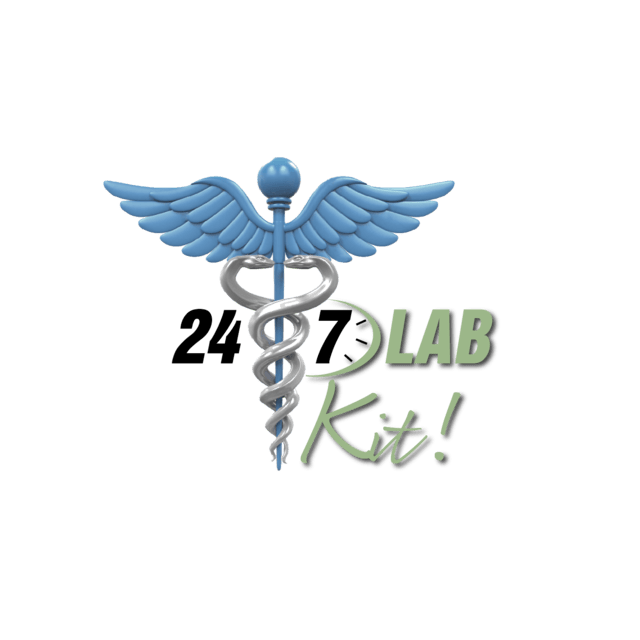Website is Under Maintenance
Our website is currently undergoing a quick repair. We'll be back soon. In the meantime, visit our Amazon listings below:

Our website is currently undergoing a quick repair. We'll be back soon. In the meantime, visit our Amazon listings below: